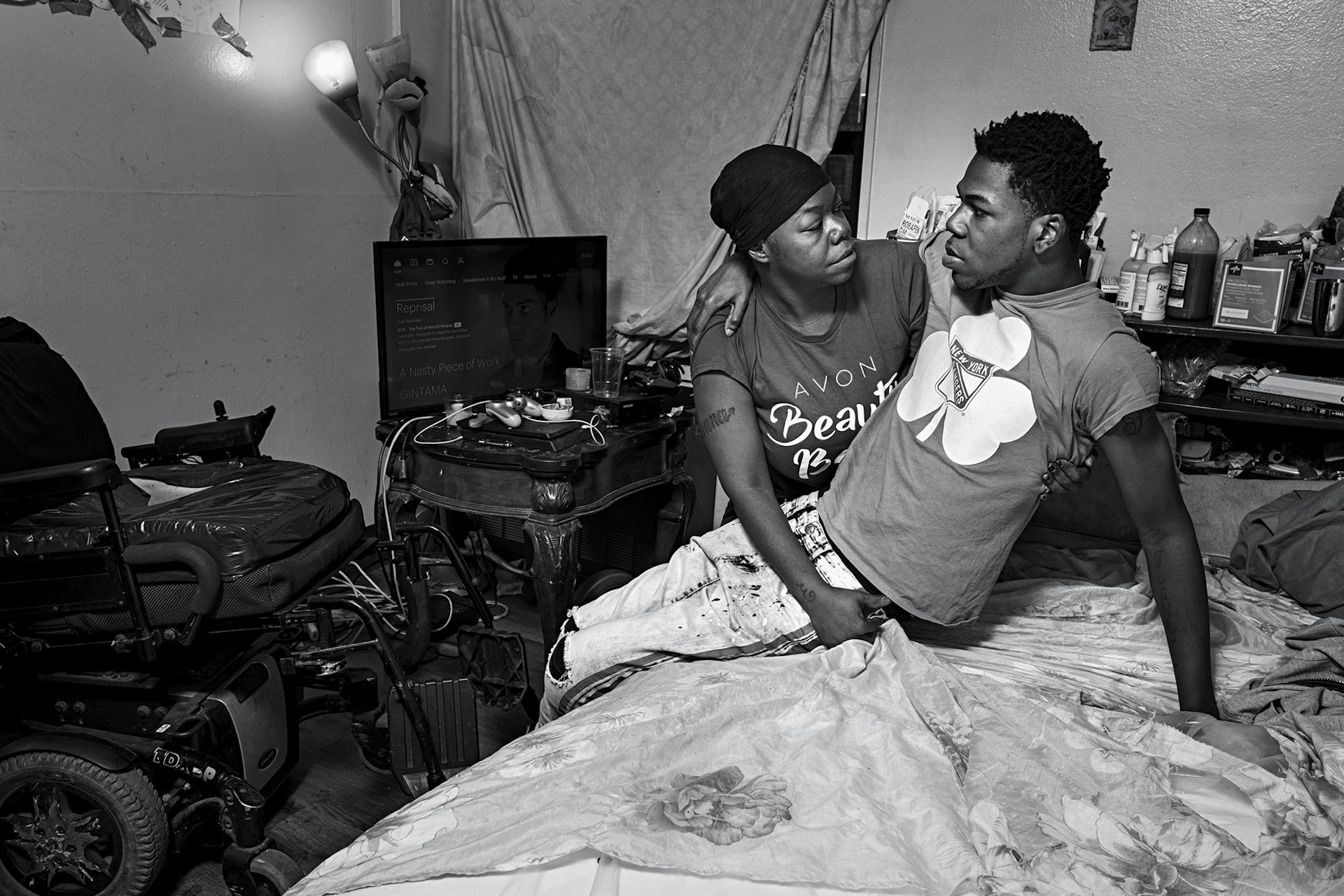Behind surfer Tony Caramanico’s vibrant journal art
- Text by Isaac Muk
- Photography by Tony Caramanico

Legendary East Coast surfer Tony Caramanico first started scribbling the height of the waves he caught, wind speeds, and other musings into a diary 45 years ago. Since then he has journaled every single day. That’s over 16,000 separate entries since 1979. As the years went by, Caramanico began adding more and more to the pages of his books – cuttings from magazines and newspapers, sketches, loose thoughts. Those journal entries bloomed into intricate, brightly coloured works of art.
Growing up in Long Island, New York, he first picked up a surfboard in 1963. Paddling out to sea, he immediately connected with the sport. “From my first waves, I knew right there and then that was going to be my life’s path,” Caramanico recalls. “It was that instantaneous.”
He went on to enter competitions a few years later, picking up sponsorships from surf companies and stores. It was when he moved further up the East Coast to Montauk, then a sleepy fishing and surf town, that the journaling began to take on a life of its own. After a surf shop and restaurant that he ran with two friends for seven years closed, a chance encounter with famed artist and photographer Peter Beard saw him invite the then 27-year-old surfer to live in one of his guesthouses.


Beard showed Caramanico an artistic technique called “rubbing”, where they would use a now banned industrial cleaning fluid to transfer images and cuttings from newspapers and magazines and transfer them onto journal pages. “In late ’78, I moved in with Peter and started keeping a larger journal – big format with a lot of art in it, documenting my travels and my lifestyle,” he explains. “That all came from Peter. We worked on journals together for many years – we would prep up the pages with these rubbings using fluids that were very dangerous, and we would do this for like 12 hours in a row, all nighters and hang out and smoke and drink and do a couple of little substances. It was wild.”
Now, his new book Montauk Surf Journals, collects and presents several of his most detailed entries from the past half century. Records are scrawled of his days “building boards”, “overcast skies” and having “dinner with Rustie”, while interspersed with collages, sketches and headline cuttings from the news stories of the day (“Get moving by noon Bush tells Saddam”). The entries form a lucid vision of the times through the lens of surf culture, and Caramanico’s travels across the globe.
Surfing, and the opportunities the sport brought, took him to picturesque places across the world including the Caribbean, Hawaii, and even as far as Southeast Asia. “I knew I was onto something really cool, I was hanging out with the best surfers in the world,” he says. “I would spend months in Japan, then go over to Bali and it was a great experience, so I documented all of that – everything was about surfing and that was my slant on my lifestyle.”


For all those years, Caramanico’s journals were shielded from the public eye. He had never thought of himself as an artist, but in 2001 his friends photographer Michael Halsband and artist Michael Solomon convinced him to include some prints of his journals in one of their exhibitions. He sold some, and would soon be hosting his own solo exhibitions. Now, he even sells surfboards with his journals printed across them.
“It kind of took off, and now it has a life of its own. It’s great – I’m about to turn 74 and I just want to keep going,” he says. “Opening up a journal from 20, 30, 40 years ago brings me back to the day [I recorded it] – the people, you can almost smell the air and it’s really something you can see and feel. It’s wild, a lot of things I’ve done and places I’ve been privileged to be blows my mind at this point.
“Surfing was all about counterculture,” he continues. “I definitely tried to keep [the journals] true to the sport and true to the soul.”
Latest on Huck

“I refuse to accept child poverty is a normal part of our society”: Apsana Begum MP on voting to scrap the cap
After seeking to “enhance” the King’s Speech by voting for the scrapping of the controversial two child benefit cap, the MP for Poplar and Limehouse lost the Labour Whip.
Written by: Apsana Begum

Is skateboarding really a subculture anymore?
With skate’s inclusion in the Olympics, Kyle Beachy asks what it means for the culture around the sport, and whether it’s possible to institutionalise an artform.
Written by: Kyle Beachy

Autism cannot be cured — stop trying
A questionable study into the ‘reversal’ of autism does nothing but reinforce damaging stereotypes and harm, argues autistic author Jodie Hare.
Written by: Jodie Hare

Bristol Photo Festival returns for second edition
After the success of it’s inaugural run, the festival returns this autumn with exhibitions, education and community programmes exploring a world in constant motion through still image.
Written by: Ben Smoke

Documenting the life of a New York gang leader paralysed by gun violence
New photobook ‘Say Less’ is a complex yet humanising look into a life wrecked by gun violence and organised crime.
Written by: Isaac Muk

The woman who defined 80s Hip Hop photography
A new exhibition brings together Janette Beckman’s visionary and boundary pushing images of an era of cultural change and moral panic.
Written by: Miss Rosen


